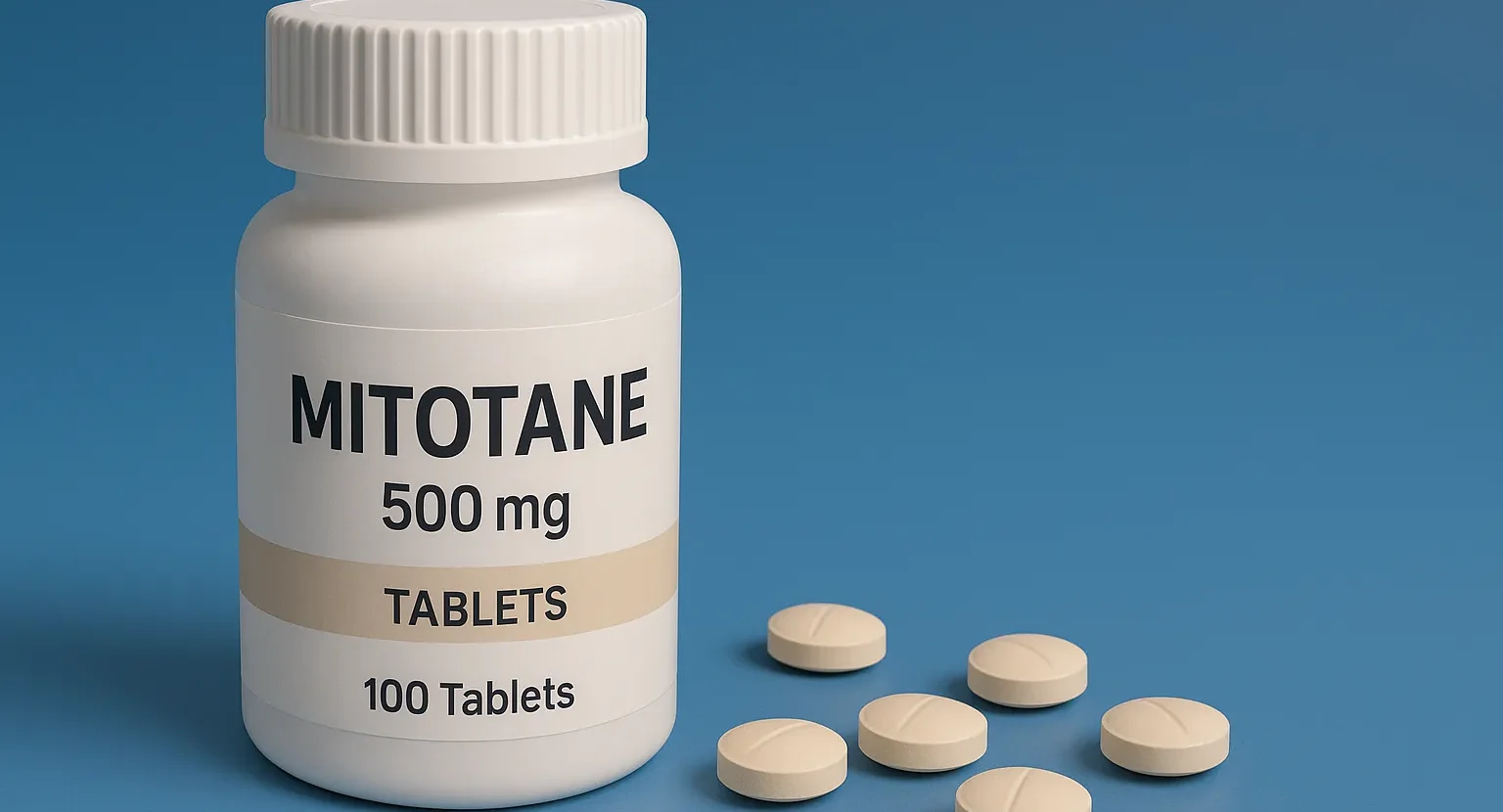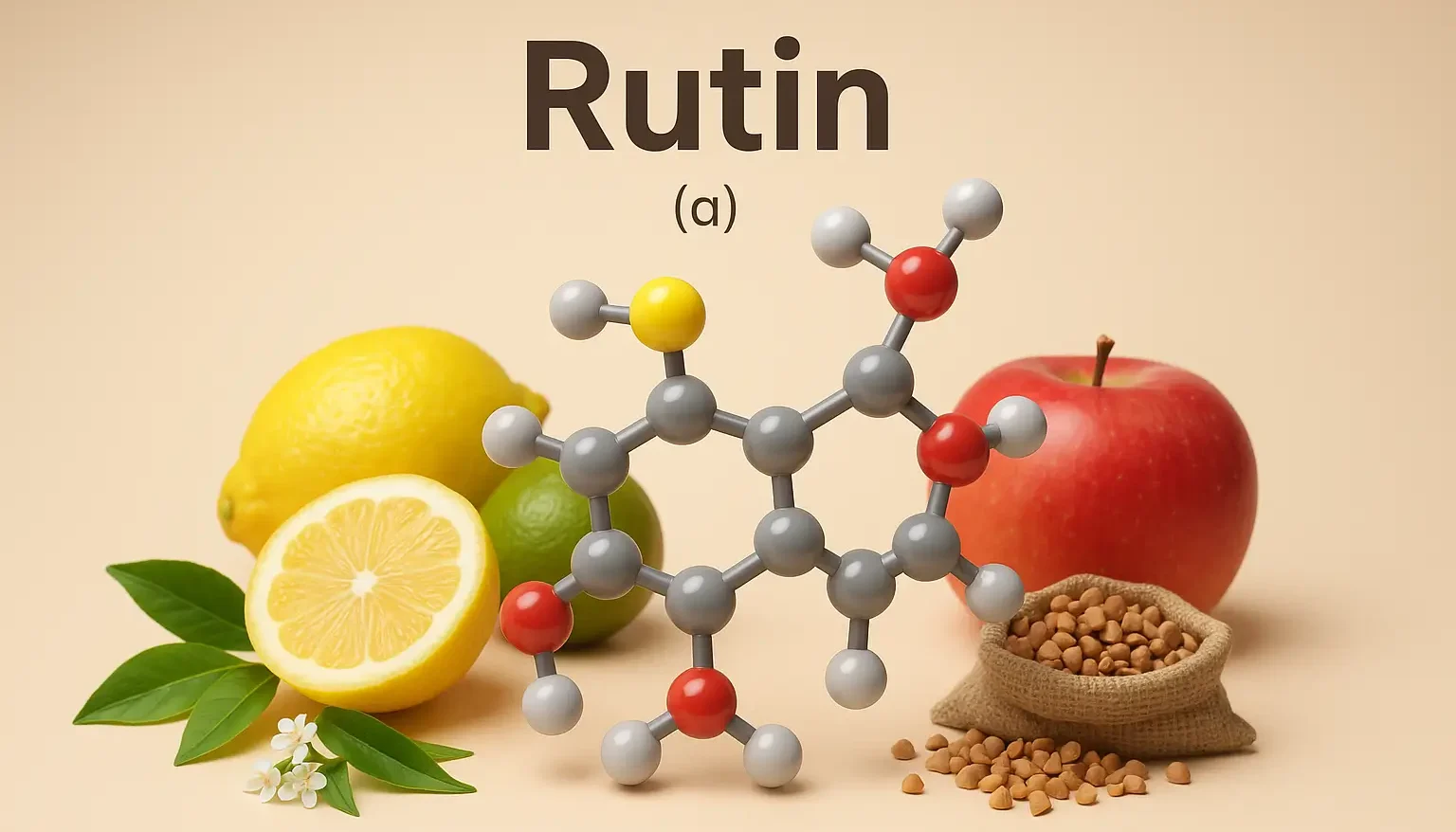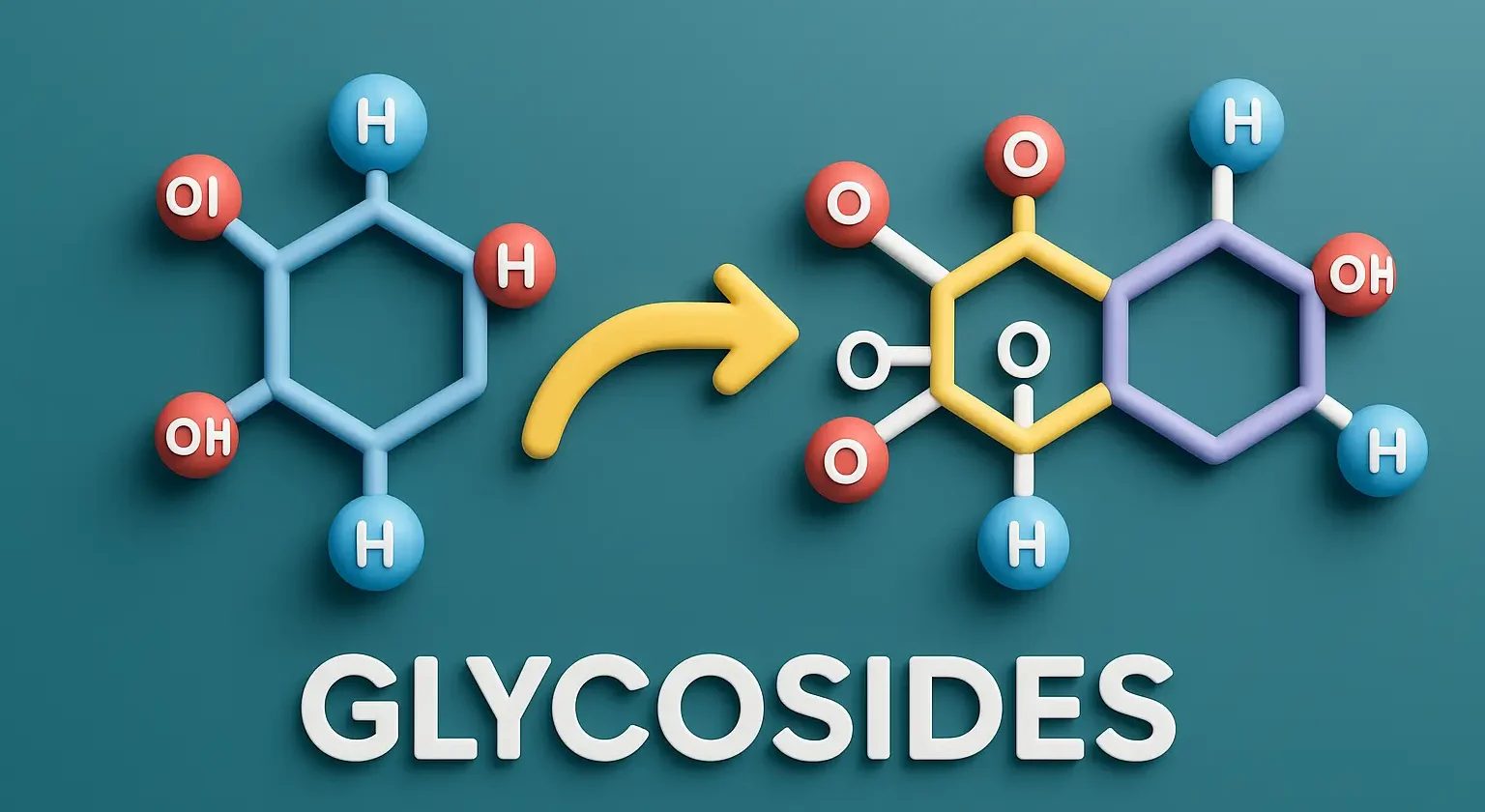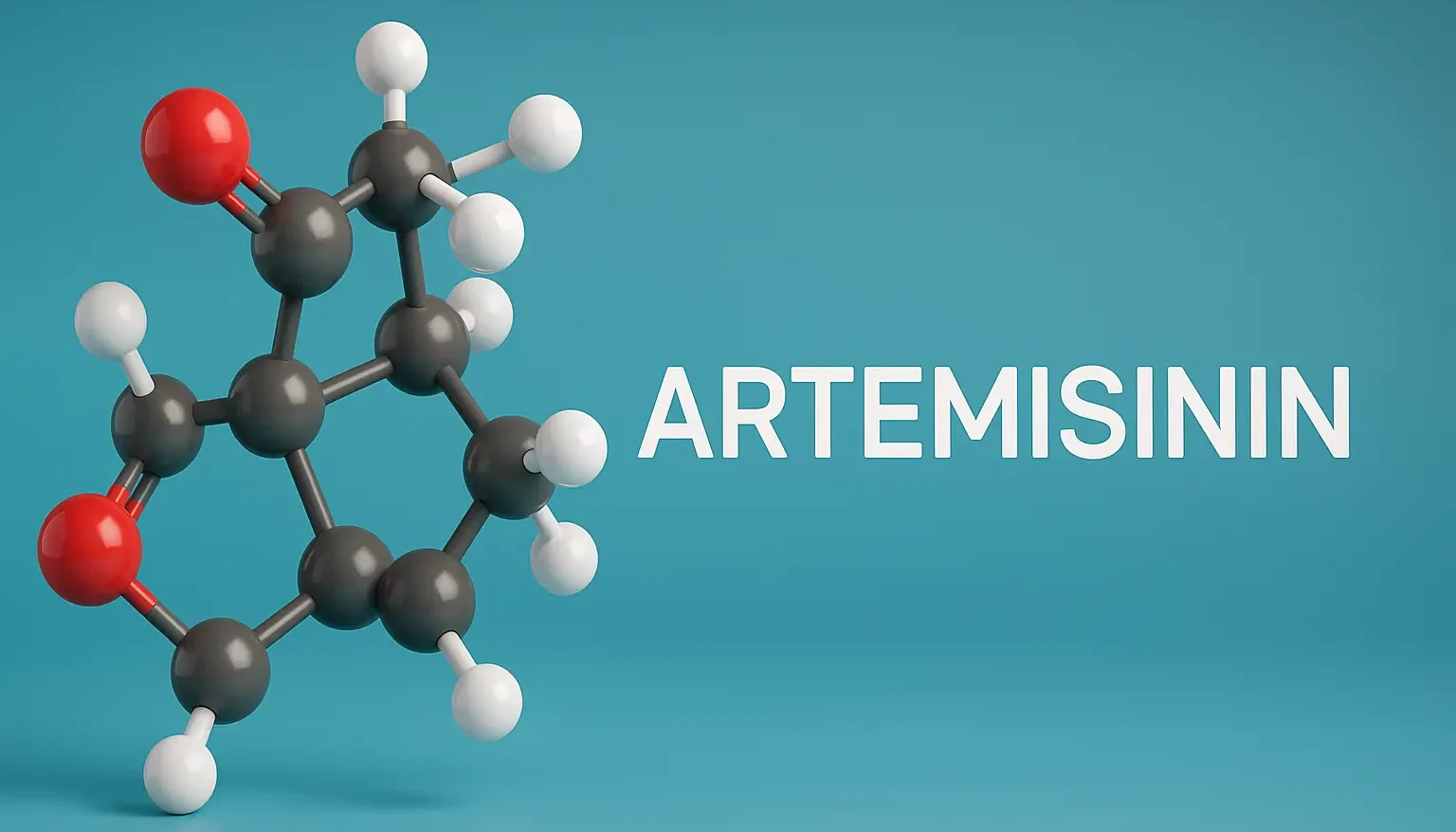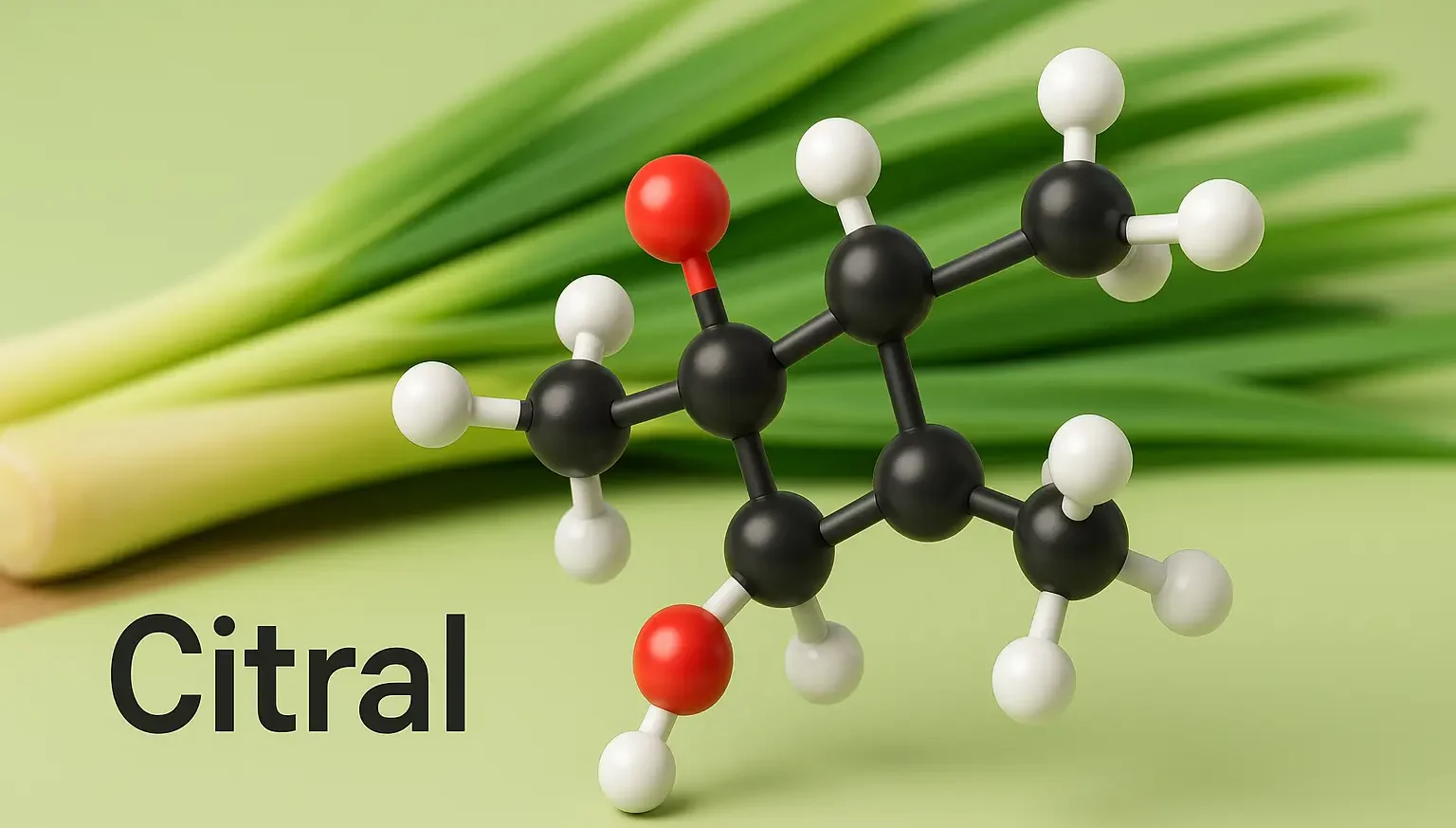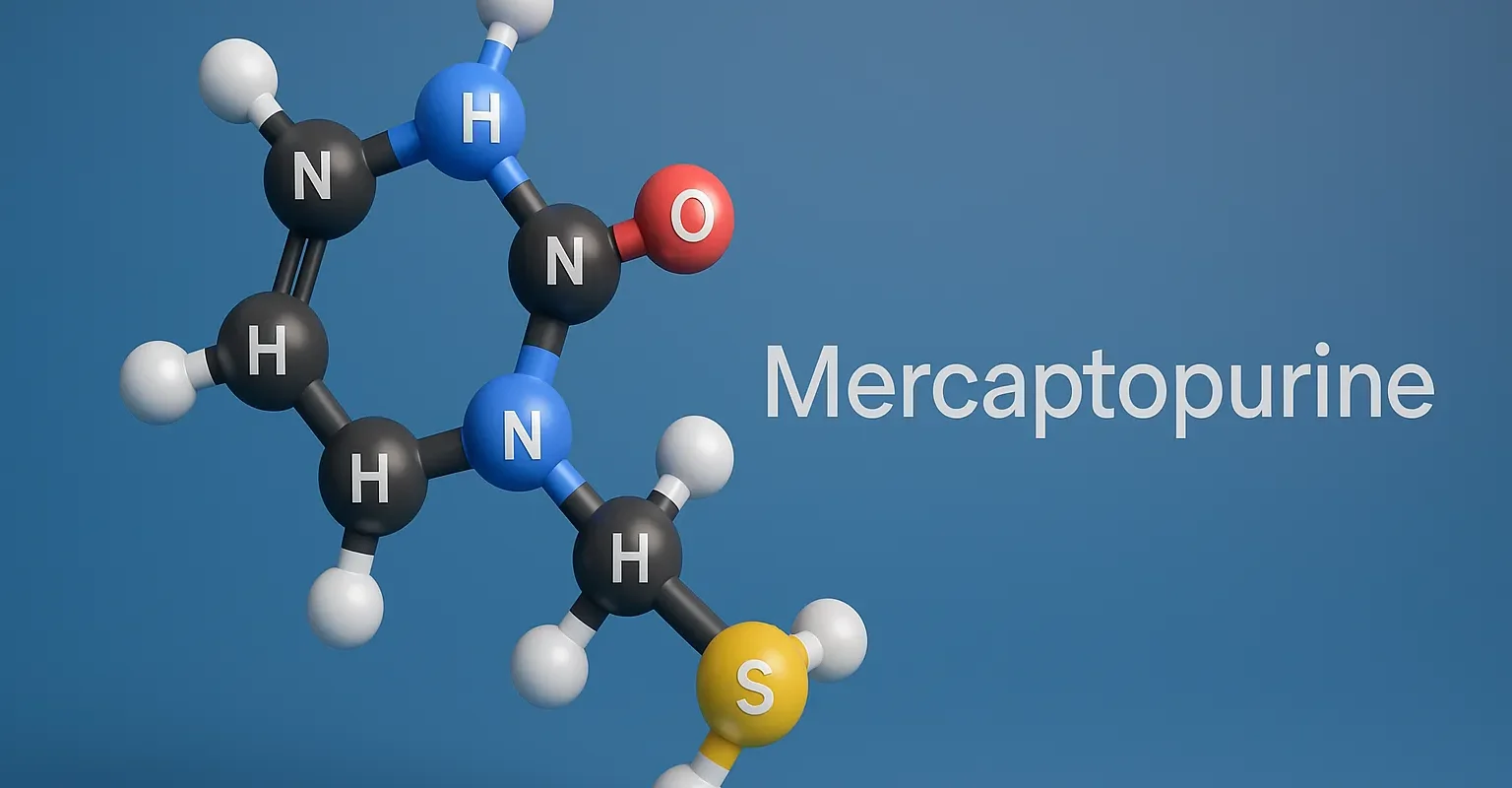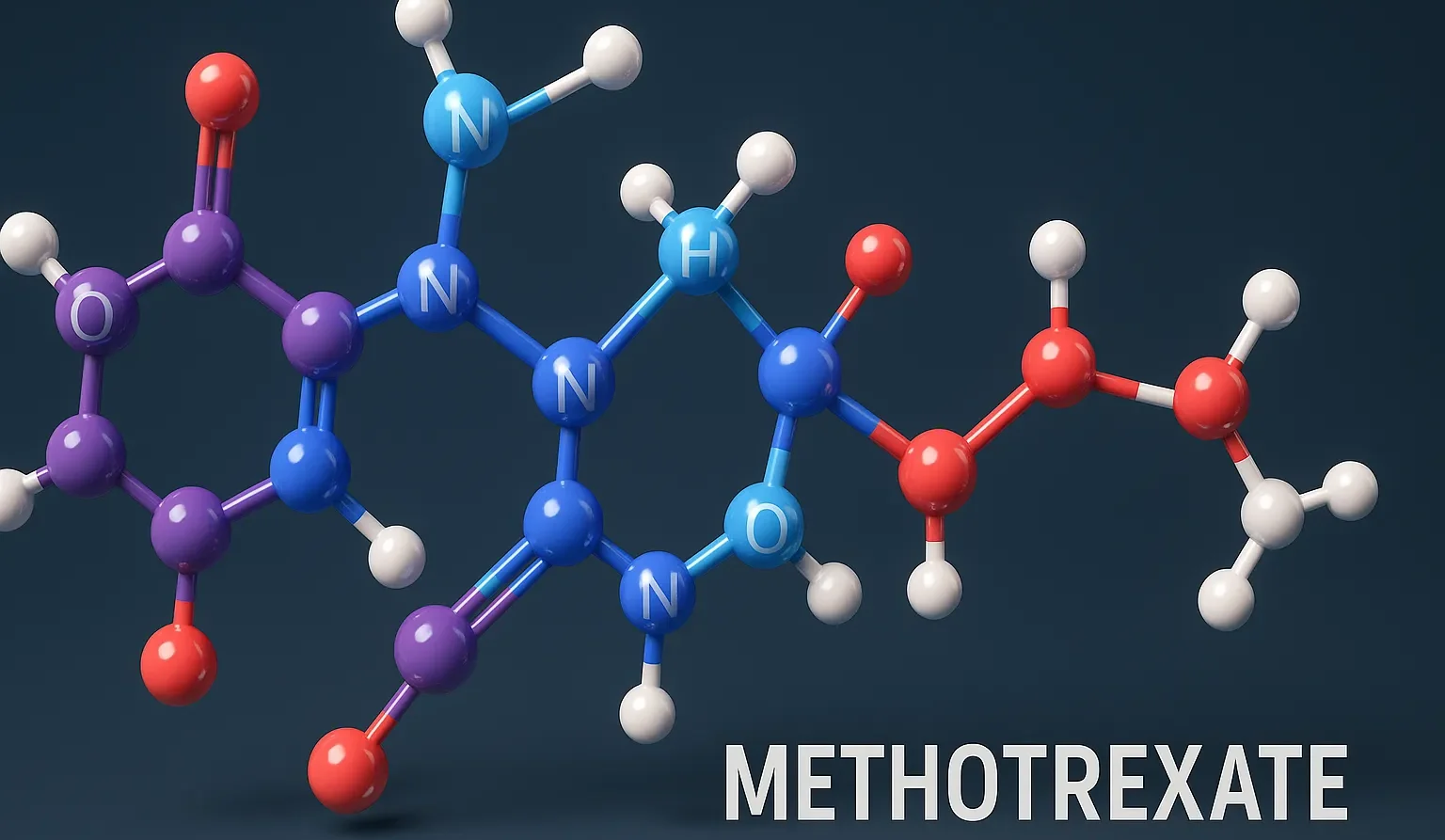Mitotane
Mitotane is an anti-neoplastic agent used to treat adrenal cortex cancer by suppressing adrenal function and destroying adrenal cells. Structure of Mitotane Mitotane is an adrenolytic agent structurally related to the insecticide DDT, featuring a dichlorodiphenyltrichloroethane (DDT) core with modifications. Chemical Formula: C₁₈H₁₂Cl₄O Mode of Action Adrenolytic Effects: Specifically targets and destroys adrenal cortical cells. … Read more

